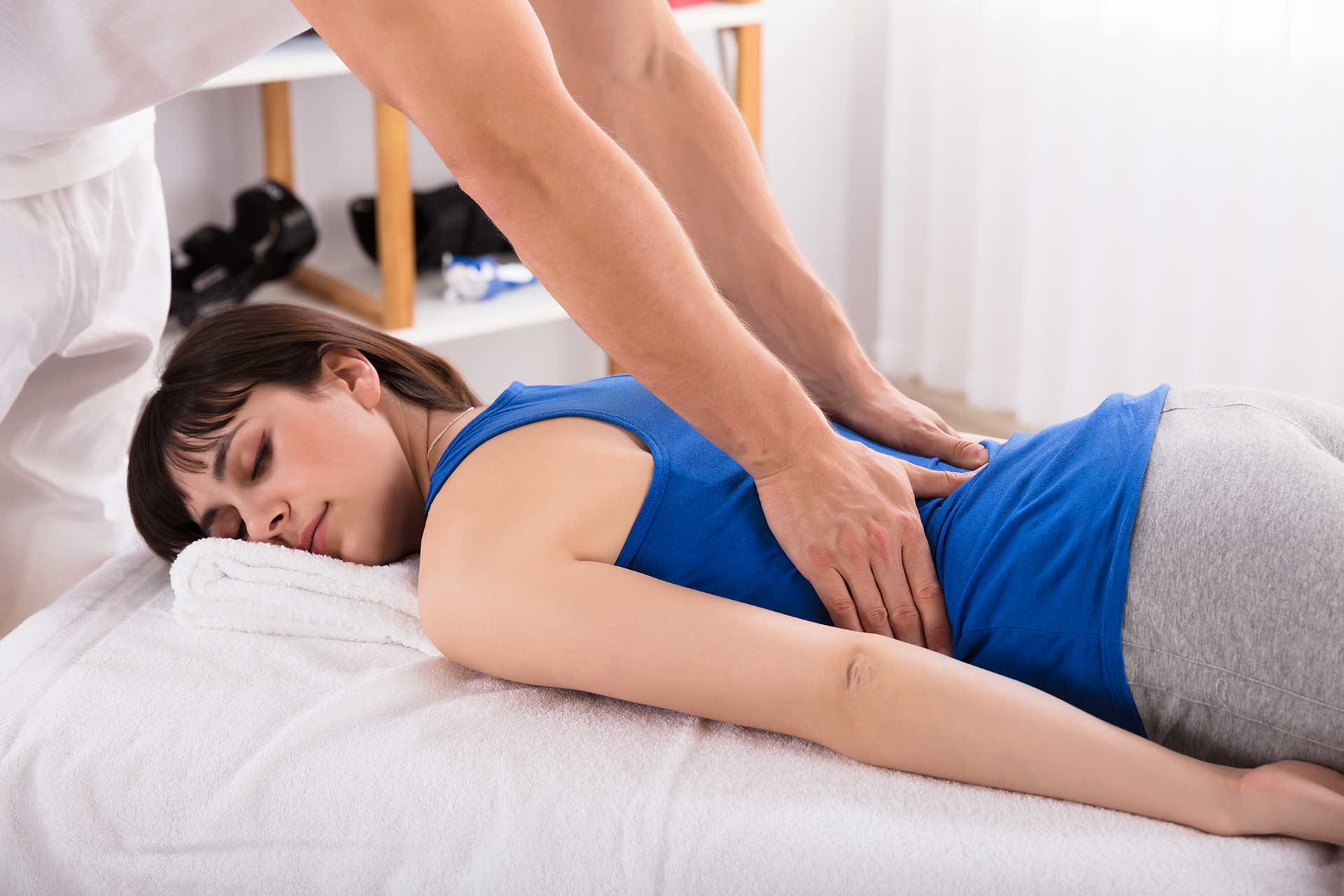Remedial massage is known to address muscular conditions, whereas relaxing massage deeply relaxes one’s mind and body. In this blog we will discuss why these two modalities shouldn’t be separated.
Being on a massage table doesn’t automatically stop the monkey mind to be active. Therefore, starting with relaxation techniques for any type of massage and especially remedial massage is crucial. Once the mind is calm and quiet the body can heal faster, and the massage treatment is more efficient. Additionally, clients will feel mentally and emotionally rejuvenated.
A calm mind is depicted in a slow brain activity or brain wave frequency called alpha, theta and delta. On the other hand, Beta is the brain activity of the thinking process. Alpha and theta have a slower brain activity where a meditative state is occurring. Theta is especially known to be the state of drifting off or the feeling we have just before waking up. Delta wave is occurring through the slowest brain activity with a regenerative sleep.
It is scientifically proven that a meditative state of 30 minutes depicted in the alpha, or theta brainwave are like 2 hours of restorative sleep.
Bringing clients into this brain wave state will increase the benefits of the treatment as well as giving a sense of a deep restorative break.
The following paragraphs list a few techniques to facilitate clients to disconnect from their thinking process and get closer to a meditative state.
Grounding clients through the breath will induce a calming feeling and slowly release superficial contractions of the body. By placing both hands on the back of the clients and asking them to inhale and exhale for a few times will force them to connect to the present moment. At this stage the body becomes lighter.
Slow and firm palpation give precious information to the therapist about muscular impairments as well as it allows the client to let go on extra layers of tensions. The fascia become more supple.
Increasing the body temperature of the client through any techniques such as skin rolling or myofascial release through repetitive and slow motion will further increase the relaxation of muscles and stiff joints.
Music also plays a significant role into letting go of tension. For instance, choosing music without lyrics will ease the mind.
To summarise, remedial massage has the therapeutic intent to help muscular dysfunction whereas relaxing massage can have a deep calming effect on the nervous system. Both massages combined have tremendous benefits on the physical and emotional health.
Indeed, drifting away to a mental meditative state will consequently help the body to let go of physical contractions, alleviating tensions, pain and ache as well as giving a euphoric sense of wellbeing.











